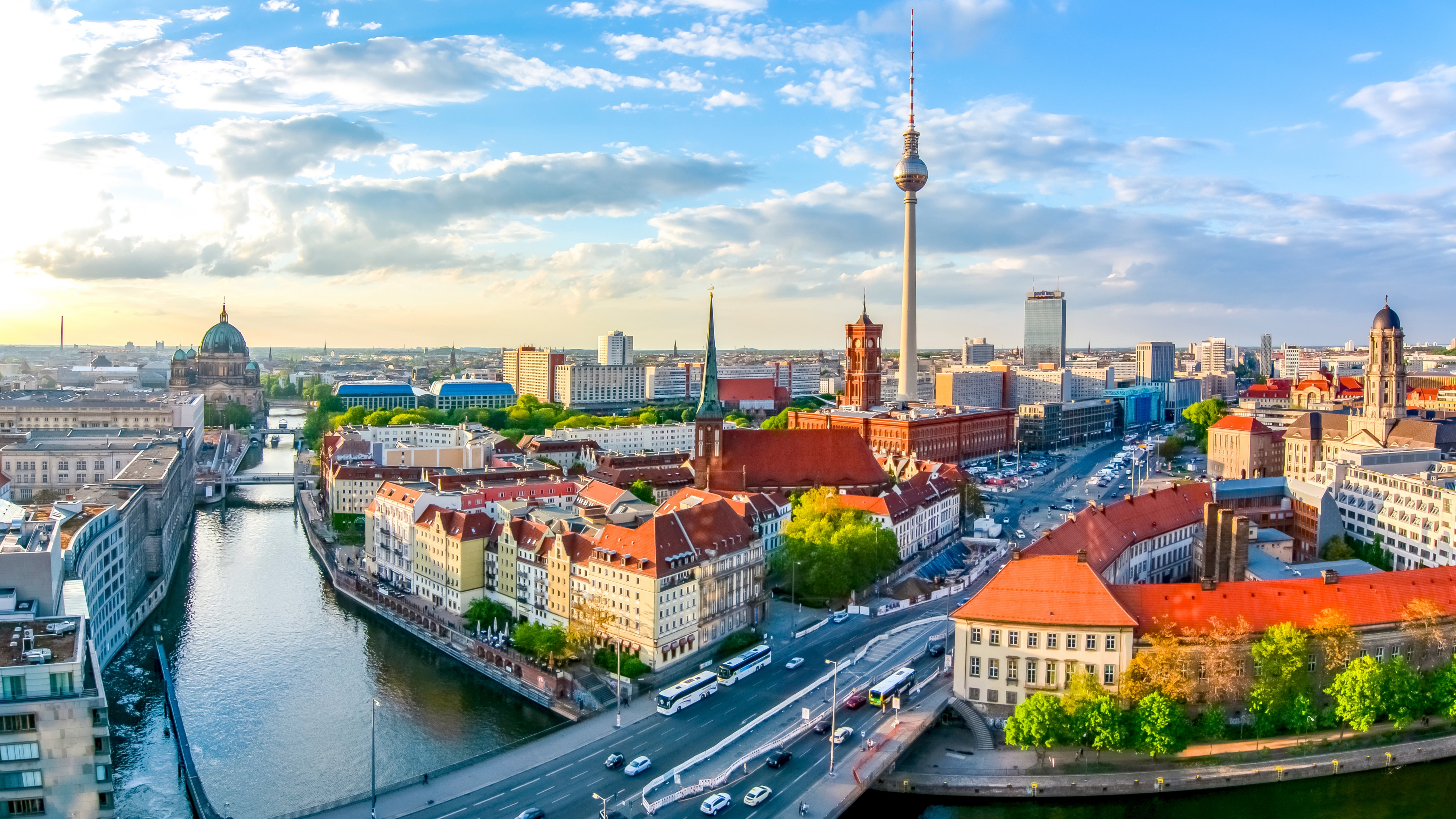1. Politics and financing
By the end of 2021 there was no demand for, nor any supply of, green H2 in Europe. We recognise that we need to build green H2 infrastructure, as it does not currently exist. Only a few hydrogen projects are financially viable. Many companies from traditional industries are looking for incentives, partners, and access to capital to quickly ramp up production. Political commitment is crucial to enable the hydrogen society. What does the regulatory framework for green H2 need to look like? How can we create an economically viable market? How can companies be supported? What requirements we must meet to apply for funding?
2. Production scaling
Green hydrogen is the answer for nearly all applications that have high energy demands, if we are to achieve climate neutrality in Europe. Hydrogen Europe estimates the EU's hydrogen demand for 2030 at ~20 million tons. To achieve this ambitious goal, production capacity expansion and rapid scaling is key. We need gigawatt scaling and rapid industry ramp-up, comparable to that achieved by the battery industry. During the conference, we will hear from leading companies, how we can realise scaling and capacity increases, and where we can produce green hydrogen in and beyond Europe. We will find out which technologies are most efficient to generate as much green hydrogen as possible, which other hydrogen colours matter for the transition and when we will we see the first gigawatt electrolysers.
3. Storage and transport
There are many ways to transport and store hydrogen, whether liquid or gaseous. The focus is, on the one hand, on using the existing European gas pipeline infrastructure and, on the other hand on shipping hydrogen into Europe from other continents. The conference will take a closer look at the various processes, possibilities, standards, and safety considerations. We will learn about the difficulties and current solutions available on the market. We will also take a look at chemical transformations to facilitate storage and transport. We will bring different viewpoints from the entire value chain to the table, for discussion.
4. Industrial use
Hydrogen is currently produced mainly from hydrocarbons (grey) and is used worldwide as a basic material in a variety of chemical processes. We expect green hydrogen, which is generated mostly by wind, solar or water power, to displace natural gas and crude oil as raw material and energy carriers, to realise the goal of CO2 reduction in industry. Many industries that have high energy consumption demands (concrete, steel, chemistry) need to access hydrogen soon to meet the EU’s CO2 reduction targets. How can we ensure conversion to H2? What does the detail of the transformation process look like? Which industries should access green H2 first, to reduce CO2 emissions most? How can we replace fossil fuels with green hydrogen and what does the transformation process look like?
5. Mobility applications
In addition to industry, mobility is a major contributor to the carbon footprint. With the help of new technology products like fuel cells or hydrogen combustion engines, green hydrogen can be converted into electricity or energy and is thus suitable for emission-free transport for people and heavy goods haulage, without the use of diesel, petrol or batteries. First use cases of H2 as fuel in the aviation, railway, automotive, heavy-duty trucks, construction, and shipping industries, are already available. Why is there then so little supply in the market? In which mobility sectors does it make sense to use green hydrogen and why? How can we build a supply infrastructure and set standards?
6. Energy and heat supply
Like coal and gas, green hydrogen can serve as an energy carrier to supply electricity and heat at the right place and time - unaffected by the volatility of nature. Green hydrogen can serve as a storage medium and a) converted to electricity or b) transported to households for heating. The conference will examine the technical requirements to safely implement H2 for energy and heating in homes, and many more applications.





